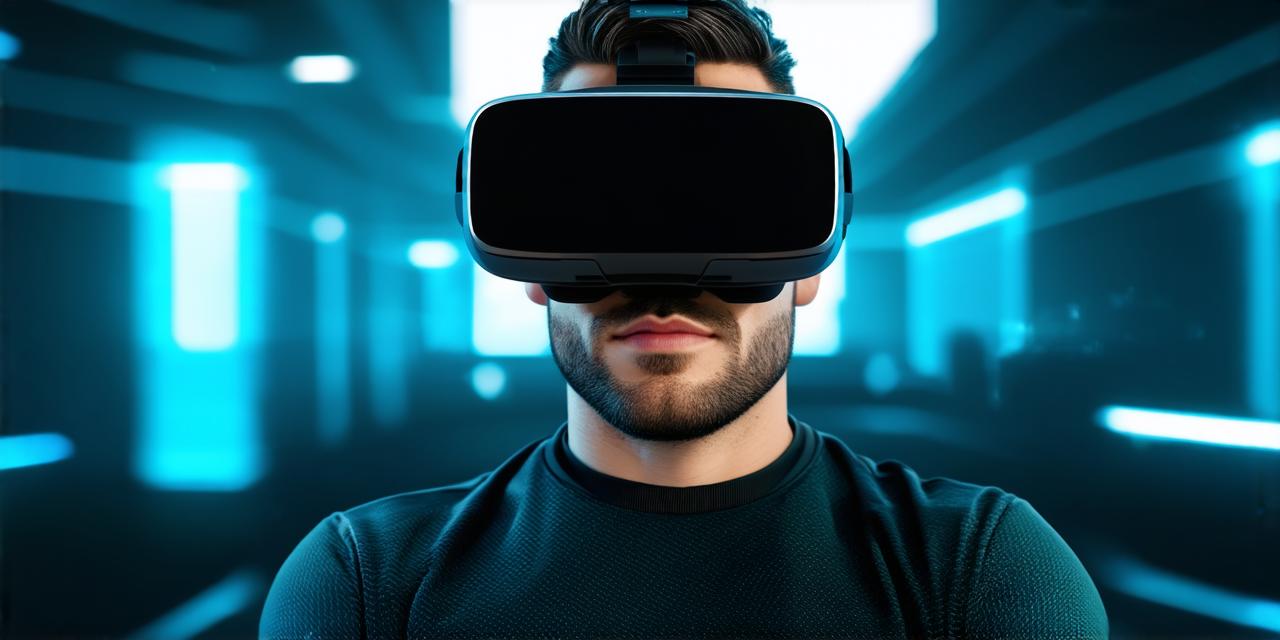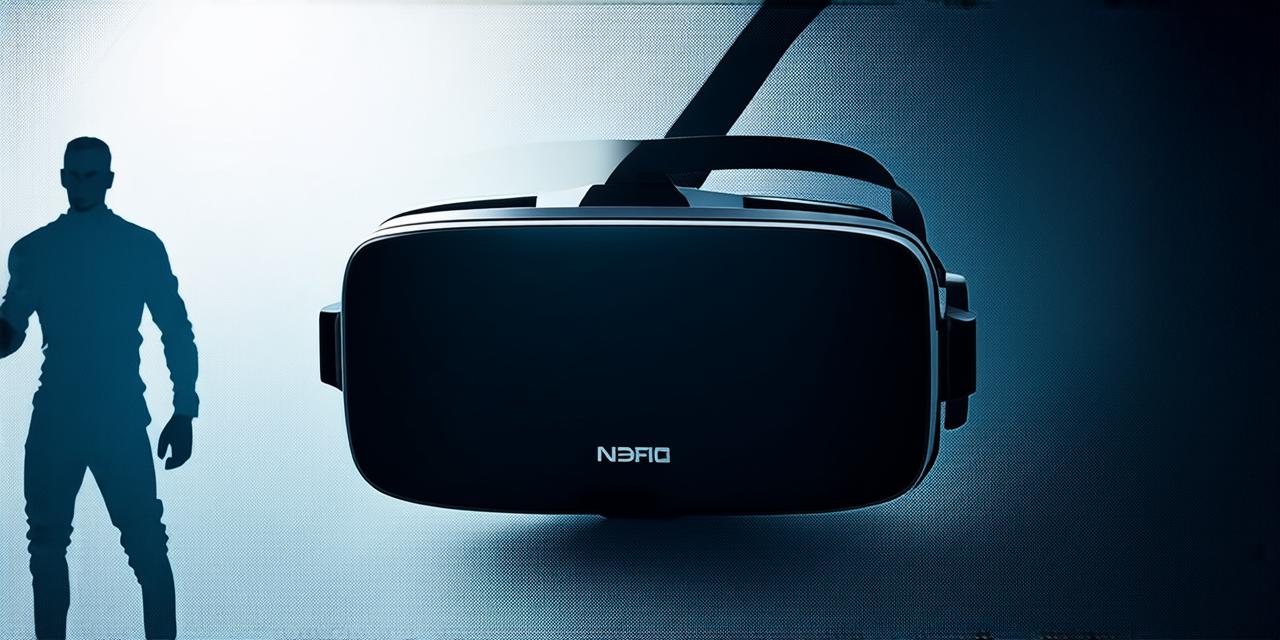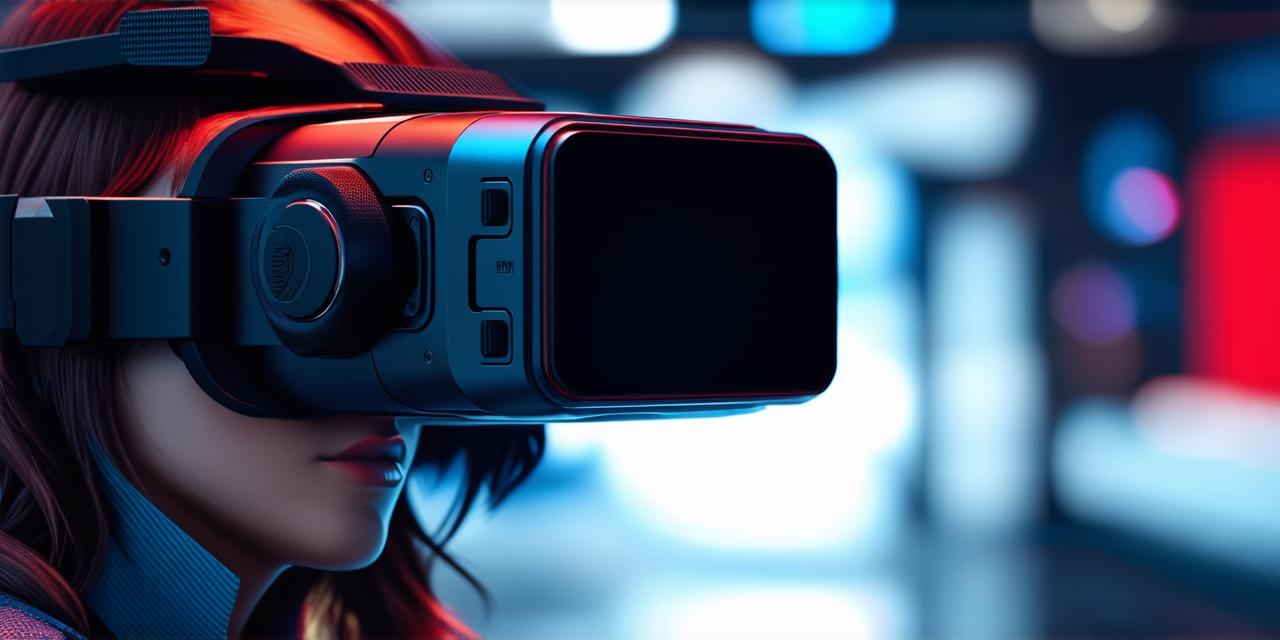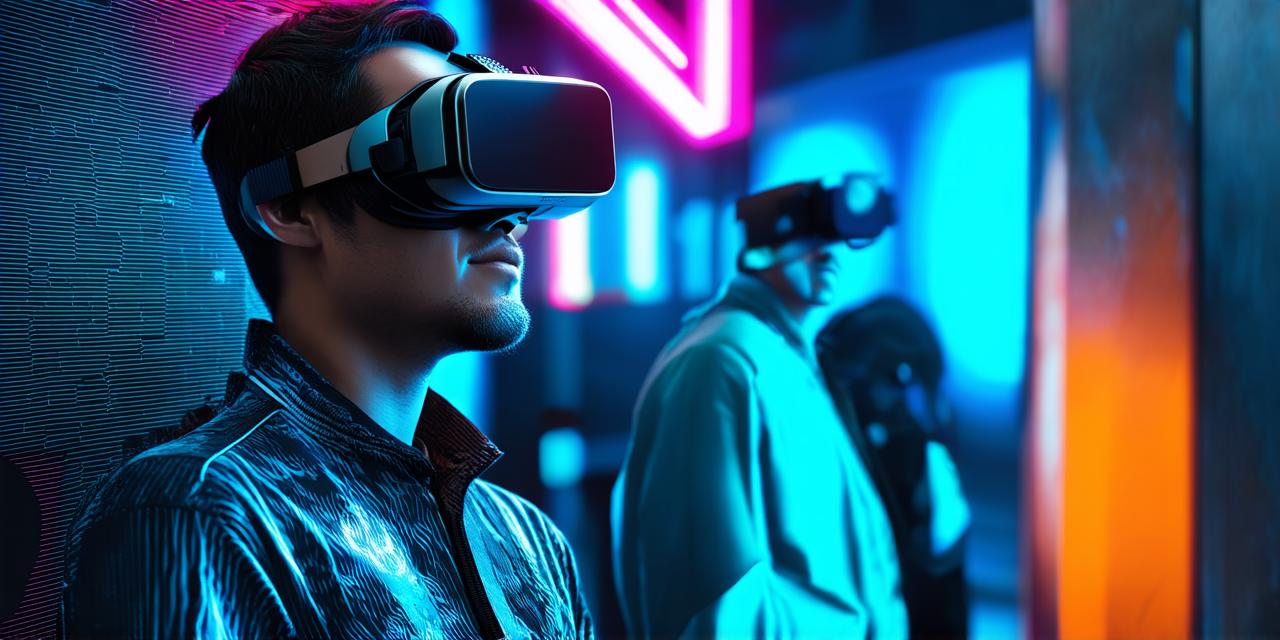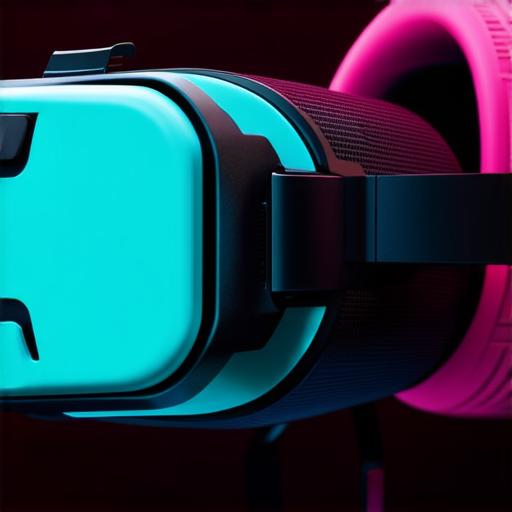
Virtual reality headsets have become increasingly popular in recent years, with many people using them for entertainment, education, and even work purposes. However, one feature that is not as well-known as the others is the pass-through feature. In this article, we will explore what the pass-through feature on a virtual reality headset does and why it’s so important for AR developers.
What is Pass-Through Feature?
Pass-through mode is a feature of some virtual reality headsets that allows users to see their real-world surroundings while still wearing the headset. This means that instead of being completely immersed in a virtual world, users can maintain a connection with their physical surroundings and interact with both worlds simultaneously.
Benefits of Pass-Through Feature
There are several benefits to using pass-through mode on a virtual reality headset. Some of the most notable include:
-
Improved productivity: When working in a virtual environment, it can be easy to lose sight of what is happening in the real world. However, with pass-through mode, users can still maintain a connection with their physical surroundings and easily switch between the two worlds as needed. This can help increase productivity and make tasks more efficient.
-
Reduced motion sickness: Some people experience motion sickness when using virtual reality headsets, particularly if they are not used to the immersive nature of the technology. By using pass-through mode, users can reduce the amount of time they spend in a completely virtual world, which can help alleviate motion sickness symptoms.
-
Enhanced safety: In certain industries, such as construction and manufacturing, it is essential to have a clear view of one’s surroundings at all times. With pass-through mode, workers can still see what is happening around them while wearing the virtual reality headset, which can help reduce the risk of accidents and injuries.
-
Improved communication: In some cases, working in a virtual environment can make it difficult to communicate with others who are not using the technology. However, with pass-through mode, users can see their colleagues and easily switch between the virtual and real world, which can help improve communication and collaboration.
Examples of Pass-Through Feature in Action
One example of the pass-through feature in action is in the field of training and simulation. Many virtual reality headsets are used to train individuals for various roles, such as pilots or surgeons. However, these tasks often require a combination of real-world and virtual world interaction. By using pass-through mode, trainees can maintain a connection with their physical surroundings while still receiving the benefits of immersive training in a virtual environment.
Another example of the pass-through feature is in the field of architecture and design. Architects and interior designers often need to visualize how a space will look and function in the real world, but they may also need to make changes based on feedback from clients or building regulations. With pass-through mode, architects can create virtual environments that accurately reflect their designs while still maintaining a connection with the physical world.
FAQs
1. What is the main purpose of pass-through feature on a virtual reality headset?
The main purpose of the pass-through feature on a virtual reality headset is to allow users to see their real-world surroundings while still wearing the headset. This can be particularly useful for tasks that require both real-world and virtual world interaction, such as training and simulation or architecture and design.
2. How does pass-through mode work?
Pass-through mode works by taking the feed from the camera on the virtual reality headset and displaying it on a separate screen or monitor. This allows users to see what is happening around them while still wearing the headset, which can be particularly useful for tasks that require both real-world and virtual world interaction.
